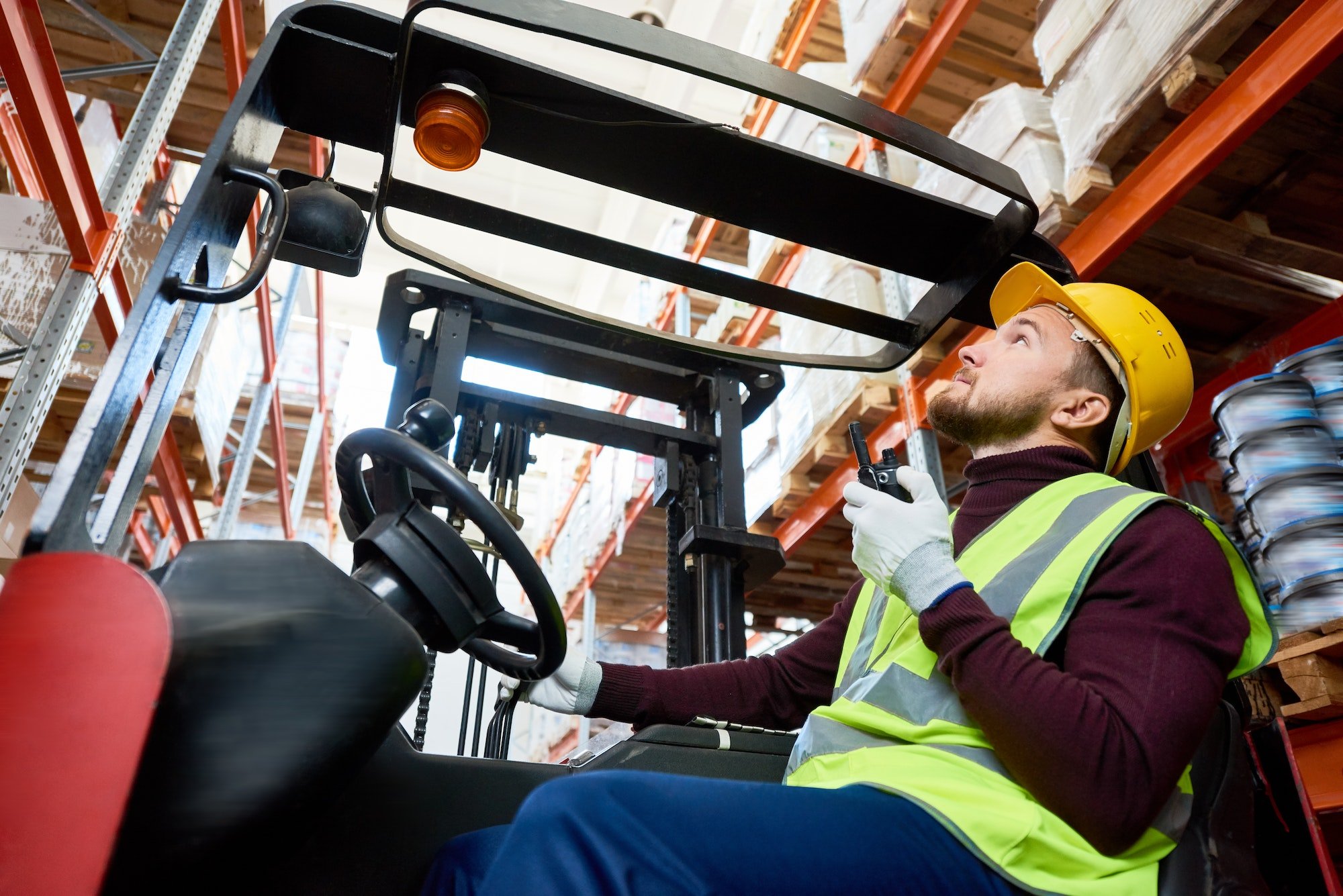Forklifts are powerful machines used in warehouses and other industrial applications to move heavy items around. They are essential for businesses that rely on large-scale lifting operations, but it is important to understand the importance of weight limits when operating a forklift. This article will explain why weight limits are so important and how to ensure you stay within them.
What Are Forklift Weight Limits?
Forklift weight limits define the maximum amount of weight a forklift can safely lift without damage or injury. They are determined by the manufacturer and must be followed at all times. Exceeding a forklift’s weight limit can lead to serious accidents or even fatalities, so it is important to understand your forklift’s weight capacity before attempting any heavy lifts.
The capacity of a forklift is listed on its nameplate, which is usually located on the outside of the mast or near the operator’s seat. The weight capacity is typically given in pounds, but may also be listed in kilograms. It is important to note that the total weight capacity includes not only the load being lifted, but also any additional attachments such as forks or booms.
Why Are Weight Limits Important?
Weight limits are important for two main reasons: safety and efficiency. Exceeding a forklift’s weight limit can lead to accidents and injuries, as well as damage to the machine itself. Additionally, if a load is too heavy for a forklift, it can cause excessive strain on the engine and transmission, leading to decreased efficiency and increased wear and tear.
It is also important to understand that different types of forklifts have different weight capacities. Electric forklifts typically have lower capacities than gas- or diesel-powered models due to their smaller engines. Additionally, larger forklifts such as reach trucks and order pickers tend to have higher capacities than smaller models.
How Can You Stay Within Weight Limits?
The best way to ensure you stay within a forklift’s weight limit is to follow the manufacturer’s instructions for safe operation. Before attempting any lift, check the nameplate for the machine’s capacity and make sure your load does not exceed this amount. You should also check that any attachments such as forks or booms are properly secured before beginning any operation.
It is also important to regularly inspect your forklift for signs of wear and tear. If you notice any abnormal vibrations or noises while operating your machine, stop immediately and investigate further. Worn brakes or tires can cause an overload on your machine which could lead to an accident or injury if not addressed.
Conclusion
Understanding the importance of weight limits for forklifts is essential for safe and efficient operations. Make sure you know your machine’s capacity before attempting any lift, and regularly inspect it for signs of wear and tear. By following these simple steps you can ensure you stay within your machine’s weight limit and avoid any dangerous accidents.
For more information about staying safe when operating a forklift visit H&C Innovations.

